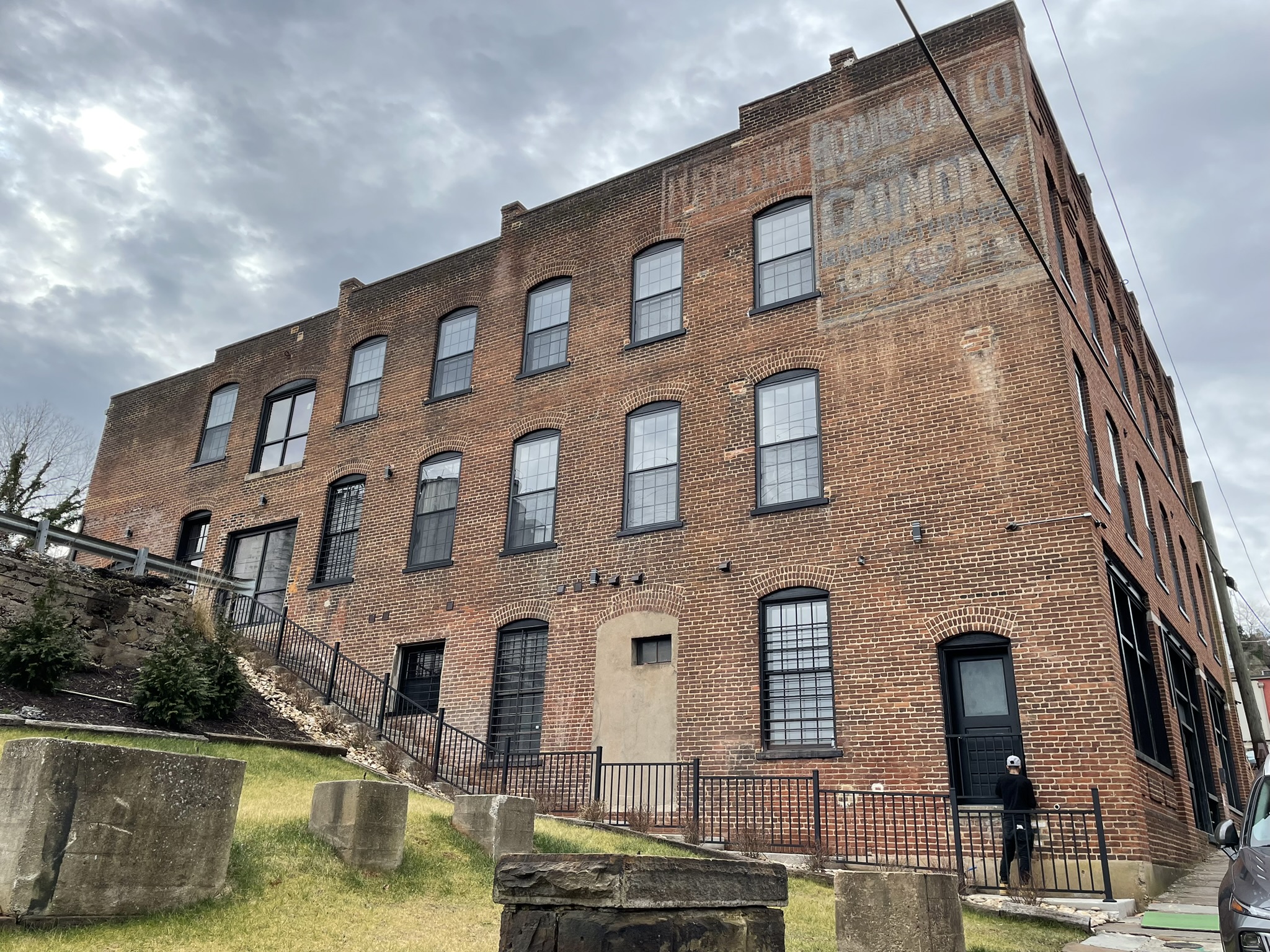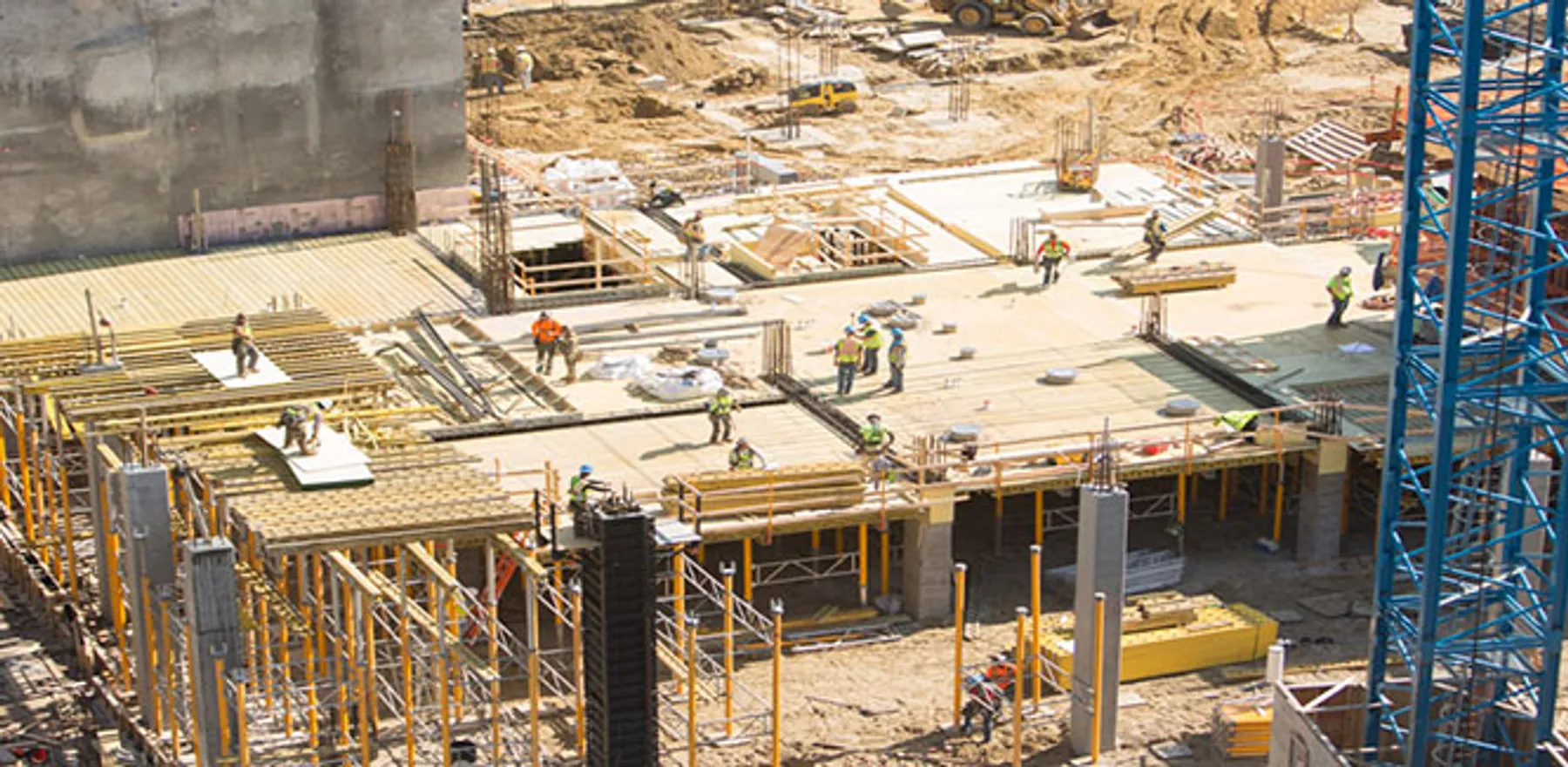Insurable replacement cost is a key concept in real estate and insurance, representing the amount it would cost to rebuild or replace a property in the event of damage or destruction. This value is crucial for determining the appropriate amount of insurance coverage, ensuring that property owners are adequately protected. Unlike market value, which considers factors like location and demand, insurable replacement cost focuses solely on the cost to replace the structure itself. In this article, we’ll explore what insurable replacement cost is, the factors that influence it, and how appraisers calculate it.
What Is Insurable Replacement Cost?
Insurable replacement cost is the estimated cost to rebuild or replace a property’s structure with materials of like kind and quality, at current prices, in the event of a total loss. This estimate excludes the value of the land since land is not subject to damage or loss, and typically does not include site improvements like landscaping or paving. The purpose of determining the insurable replacement cost is to ensure that property owners have sufficient insurance coverage to rebuild the property if necessary.
Factors Influencing Insurable Replacement Costs
Several factors influence insurable replacement costs, making it essential to regularly update these estimates to reflect current market conditions:
- Construction Costs:
Materials: The cost of construction materials, such as lumber, concrete, steel, and roofing, can fluctuate based on supply and demand, market conditions, and global economic factors. For example, a spike in lumber prices will directly increase replacement costs.
Labor: Labor costs vary depending on the location, availability of skilled workers, and prevailing wage rates. Areas with a labor shortage or high demand for construction services may see higher labor costs, affecting the overall replacement cost.
- Building Code Requirements:
Updated Codes: If local building codes have been updated since the original construction of the property, the cost to rebuild may be higher to meet these new standards. For example, stricter energy efficiency requirements or seismic standards may necessitate more expensive materials or construction techniques.
Compliance Costs: Rebuilding a structure to comply with current codes might require additional expenses for items like fire suppression systems, accessibility features, or environmental remediation.
- Property Features:
Size and Design: The size of the property, number of stories, and architectural design all influence replacement costs. Larger properties or those with complex designs (e.g., custom homes or historic buildings) generally have higher replacement costs.
Quality of Construction: The quality of construction, including the types of materials and the craftsmanship involved, plays a significant role. High-end finishes, custom-built features, and unique architectural elements increase replacement costs.
- Location:
Geographic Factors: The location of the property can affect replacement costs due to variations in labor and material costs across different regions. Additionally, properties in remote or difficult-to-access areas may incur higher transportation and logistical costs.
- Inflation and Market Trends:
Economic Conditions: Inflation and changes in the construction market can significantly impact replacement costs. As the cost of goods and services rises, so does the cost to rebuild a property. Market trends, such as increased demand for housing or construction services, can also drive up costs.
How Appraisers Calculate Insurable Replacement Costs
Appraisers use various methods to calculate insurable replacement costs, ensuring the estimate reflects the current cost to rebuild the property. The most common methods include:
- Cost Estimation Methods:
Cost Per Square Foot: This is one of the simplest and most commonly used methods. The appraiser estimates the cost to rebuild based on the average cost per square foot for similar properties in the area. This method is straightforward but requires accurate data on current construction costs.
Detailed Breakdown: In this method, the appraiser provides a detailed breakdown of the costs for materials, labor, and other factors involved in rebuilding the property. This approach is more precise and is often used for complex or high-value properties where a more accurate estimate is necessary.
- Use of Cost Manuals:
Construction Cost Guides: Appraisers often refer to industry-standard cost manuals, such as those published by Marshall & Swift or RSMeans, which provide detailed cost data for various types of construction. These guides include information on material and labor costs, as well as adjustments for different geographic regions.
Local Cost Data: Appraisers may also gather cost data from local contractors, suppliers, and builders to ensure the estimate reflects the specific costs in the area where the property is located.
- Replacement vs. Reproduction Cost:
Replacement Cost: This method estimates the cost to rebuild the structure using modern materials and construction techniques, with similar functionality but not necessarily identical to the original building.
Reproduction Cost: For properties with unique or historic features, the appraiser might use the reproduction cost method, which estimates the cost to rebuild the structure as an exact replica, using the same materials and methods as the original construction.
Depreciation Considerations:
Exclusion of Depreciation: Unlike market value appraisals, insurable replacement cost calculations generally do not account for depreciation, as the focus is on the current cost to replace the structure rather than its current market value. This ensures that the insurance coverage is sufficient to cover the full cost of rebuilding.
Insurable replacement cost is a critical figure in determining appropriate insurance coverage for real estate properties. It reflects the current cost to rebuild or replace a structure in the event of damage or loss, influenced by factors such as construction costs, building codes, property features, and location. Appraisers use various methods to calculate this cost, ensuring that property owners have accurate and up-to-date estimates for their insurance needs. By understanding insurable replacement costs, property owners can make informed decisions about their insurance policies and ensure they are adequately protected against potential losses.
By Thomas McCoy & William Wilson




